Text

Yasunari Ikenaga: '期待 ゆう' expectation yu (2008)
402 notes
·
View notes
Photo
Reminds me of Garden of Words
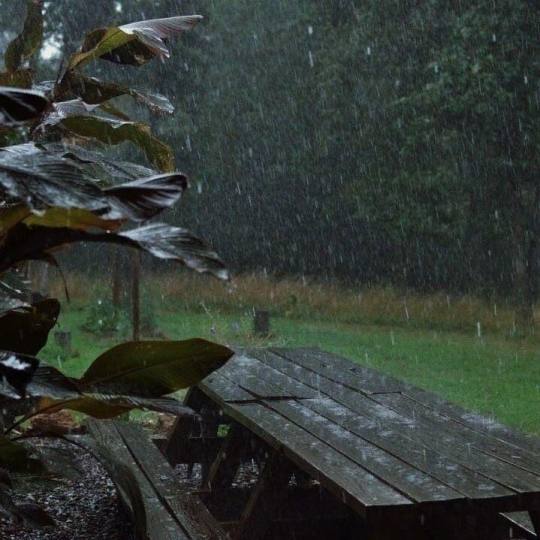
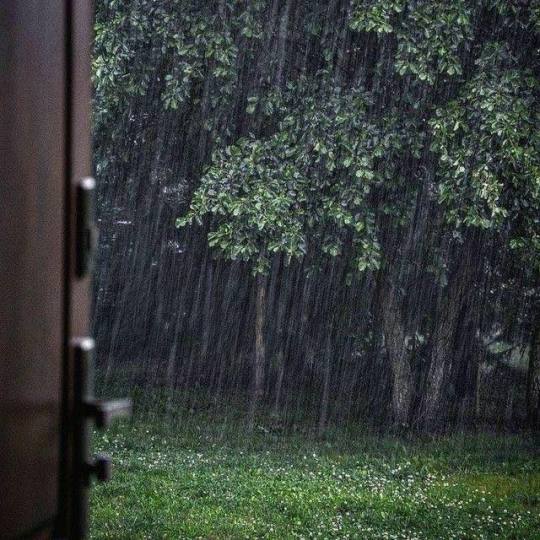


sound and smell of the rain
29K notes
·
View notes
Photo
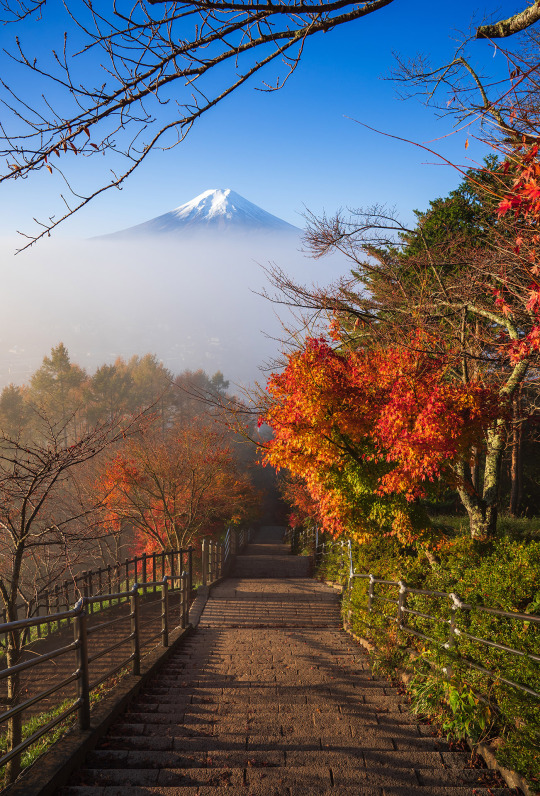
The “Stairway to Mt. Fuji” has about 400 steps that lead up to the vermillion Chureito Pagoda. This long climb is a great chance to take a breather from the rush of a vacation or fleeting trips in the neon lights of the surrounding cities, especially when it’s in the morning before the sunrise or when the sun starts to set. Make sure to add it to your Japan bucket list!
48 notes
·
View notes
Photo
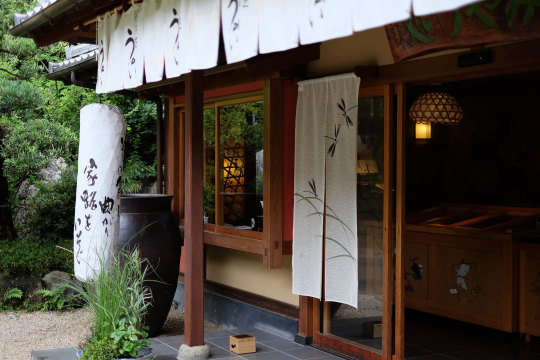
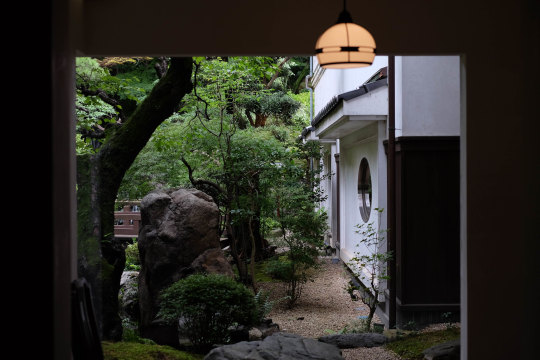
とうふ屋うかい TOFUYA UKAI by Daisuke Takada
2K notes
·
View notes
Photo
Most actors and actresses I know have these last names!
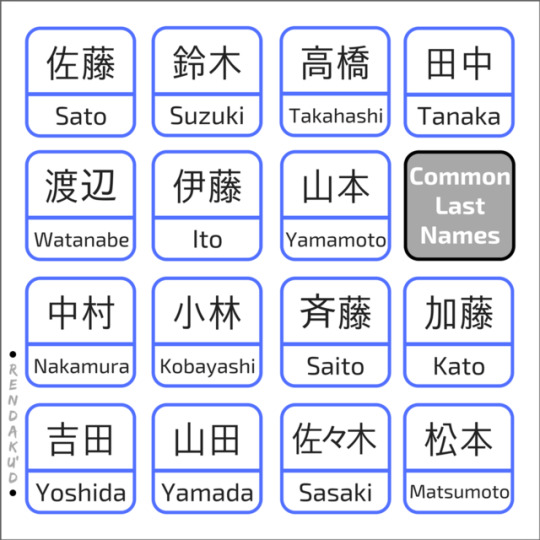
❀✿ Common Japanese Last Names ❀✿
Sato 佐藤
佐 (sa) : help, aid
藤 (tou) : wisteria
Suzuki 鈴木
鈴 (suzu) : bell
木 (ki) : tree, wood
Takahashi 高橋
高 (taka) : tall, high
橋 (hashi) : bridge
Tanaka 田中
田 (ta) : field, rice paddy
中 (naka) : middle
Watanabe 渡辺
渡 (wataru) : cross, ferry
辺 (be) : area, border
Ito 伊藤
伊 (i) : this, that one
藤 (tou) : wisteria
Yamamoto 山本
山 (yama) : mountain
本 (moto) : base, root, origin
Nakamura 中村
中 (naka) : middle
村 (mura) : town, village
Kobayashi 小林
小 (ko) : small
林 (hayashi) : forest
Saito 斉藤
斎 (sai) : purification, worship
藤 (tou) : wisteria
Kato 加藤
加 (ka) : add, increase
藤 (tou) : wisteria
Yoshida 吉田
吉 (yoshi) : lucky, good
田 (ta) : field, rice paddy
Yamada 山田
山 (yama) : mountain
田 (ta) : field, rice paddy
Sasaki 佐々木
佐 (sa) : help, aid
々 : repeater kanji
木 (ki) : tree, wood
Matsumoto 松本
松 (matsu) : pine tree, fir tree
本 (moto) : base, root, origin
〆
3K notes
·
View notes
Text
Moderately Interesting Japanese Episode 9: Animal Proverbs in Japanese

I have no idea what show this is from, but it’s so cute lol
I have a thing for Japanese. As you’ve likely noticed. And there are many aspects of the language that interest me, but one area in particular is 諺 kotowaza, or proverbs.
There are many intriguing proverbs, but today I’m going to focus on those that revolve around animals. How many did you already know?

蛙の子は蛙
A frog’s child is a frog
Japanese pronunciation: Kaeru no ko wa kaeru
English equivalent: Like father like son.*
I put an asterisk next to the English equivalent because it is not 100% equal. The English expression “like father like son” is often used in a positive light, expressing pride in the child for taking after the parent’s good qualities. It can also be used in a negative way, but I feel that the positive nuance is stronger.
However, the Japanese expression is only negative. When a frog is born it is not a frog but tadpole, which looks like an entirely different animal. Slowly but surely, though, the frogspawn changes until it is identical to its parents. This is a metaphor for children who seem able of surpassing their parents, but who ultimately wind up just like them.
For example, say that there are a mother and father who are not artistically inclined, and their young daughter draws a pretty good picture. They think that she will become a great drawer much better than they could ever be, but as time passes they realize that she is just as mediocre at drawing as they are. They may sigh and say, “Kaeru no ko wa kaeru.”
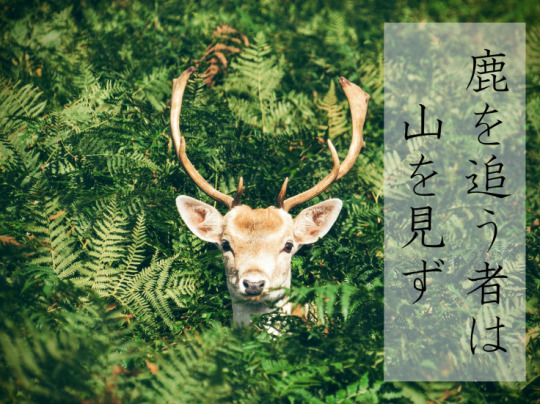
鹿を追う者は山を見ず
He who chases the deer fails to see the forest
Japanese pronunciation: Shika wo ou mono wa yama wo mizu
English Equivalent: You cannot see the wood for the trees.
Imagine a hunter who chases a swift deer through the mountain forest. He is so intent on his prey that he does not realize where he going, and by the time he has caught the deer, he is completely lost and darkness is falling. This expression is about people who are so fixated on one thing that they lose sight of other important things.
This expression is very similar to the English “You cannot see the wood for the trees,” which refers to someone who does not notice small but crucial details.

猫に小判
Gold before cats
Japanese pronunciation: Neko ni koban
English equivalent: Pearls before swine
A “koban” is a large gold oval coin that was used for many centuries as currency in Japan. You could think of it as a hundred dollar bill in terms of worth compared to other Japanese coinage at the time.
Naturally, while a koban held a large amount of significance for any person, if you gave it to a cat the cat wouldn’t know what to do with it. It would probably give it a curious whiff and then walk away. This expression is used when someone’s gift or efforts are wasted on the recipient. It’s the exact same as the English “pearls before swine.”
Also, as a fun little side-note, anybody who’s in my generation or younger should know this, but can you name the first-generation cat Pokemon that was a Team Rocket henchman? Do you remember what he had on his forehead?

Who’s that Pokemon?! It’s Meowth! The golden coin on his forehead is shaped like a koban and is a reference to this proverb. There’s a fun fact you can share with your Pokemon-loving friends.

前門の虎、後門の狼
A tiger at the front gate, a wolf at the back gate
Japanese pronunciation: Zenmon no tora, koumon no ohkami
English equivalent: Between the devil and the deep blue sea, or, between a rock and a hard place
Imagine that you have sneaked into the enemy’s fortress but were seen by the guards. You must escape through either the front or rear gates of the castle walls, but at the front gates waits a ferocious tiger and at the rear gates snarls a hungry wolf. Either will end poorly for you, yet you must choose one or the other. This expression refers to a situation in which neither of the available options are good.
When thinking of an equivalent English expression, the first one that came to mind was “between a rock and a hard place,” but it turns out that this expression is only about 100 years old. I wanted something with a bit more seniority, and that was when I stumbled across “between the devil and the deep blue sea,” which I had only known as a lyric in an Aerosmith song until then haha. It turns out this expression was first recorded in English almost 400 years ago though.

猫に鰹節の番をさせる
Setting the cat to guard the dried fish
Japanese pronunciation: Neko ni katsuobushi no ban wo saseru
English equivalent: Setting the fox to guard the henhouse
I really like this one. First, you need to know what “katsuobushi��� is, which I loosely translated as “dried fish.” It’s actually tissue paper-thin shavings of dried bonito, and cats absolutely love the stuff. And why wouldn’t they? It’s got the strong taste and smell of fish that they crave without the hassle of having to pick out bones or tear through scales.
Therefore, you can imagine that a cat would not a trustworthy guard make. This expression is identical to the English “setting the fox to guard the henhouse.”

They smoke the bonito for a ridiculously long time until it looks like a fossilized banana, and then they shred it up with a fancy box. Voila, katsuobushi.
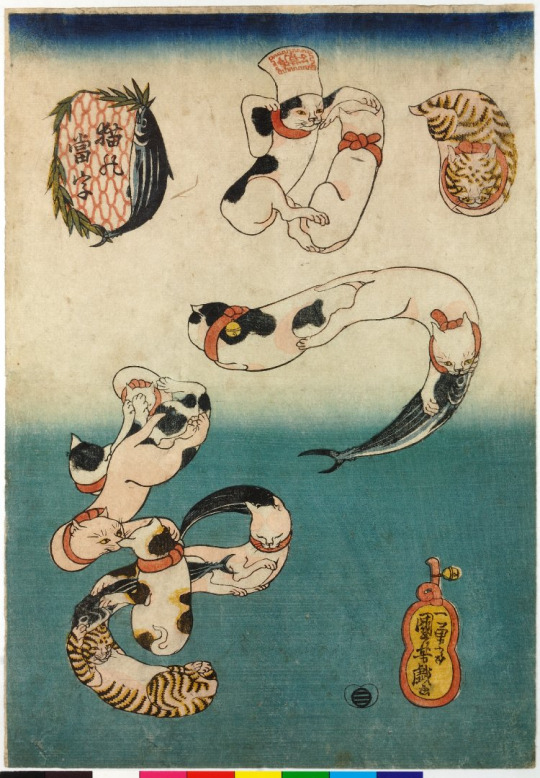
This is an official advertisement for katsuobushi from about 1843. The cats are spelling out かつを (katsuo).
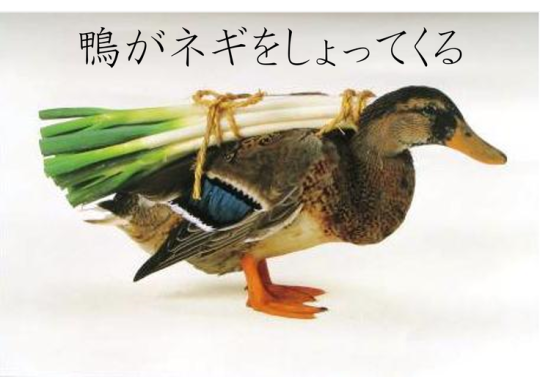
鴨がネギをしょってくる
A duck comes bringing leeks
Japanese pronunciation: Kamo ga negi wo shottekuru
English equivalent: ??
This one is a bit of head-scratcher lol. First, you need to know that there is a Japanese dish called “kamo nabe,” which is a duck stew with leeks. If a duck comes to you on its own, that in and of itself is a good thing for you. If it is also carrying leeks, it is even better. In other words, this expression is used when two or more convenient/beneficial things happen at the same time.
However, there is another underlying message of this expression that makes it difficult to find a matching English expression. That is, that the duck who unknowingly seals his fate is naive/foolish. Also, a duck is seen as an easy-to-trick or simple-minded bird. (Think of the English expressions “sitting duck” and “lame duck.”)
Specifically, this expression is used when Person A unknowingly does something beneficial for Person B that will later come back to hurt Person A.
I hunted for an equivalent expression in English but couldn’t find one. If you know of one in English or another language, please let me know in the comments!
Also, there is another Pokemon based on this expression. Do you know which one it is?
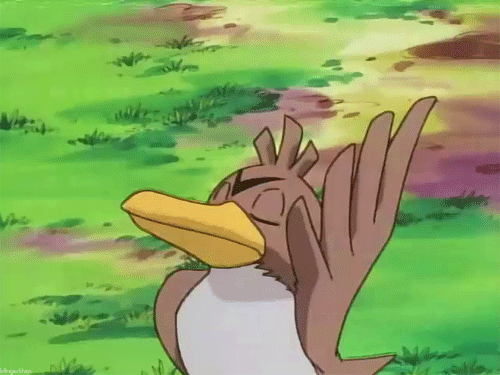
Yep, it’s Farfetch’d! Its name in Japanese is カモネギ (Kamonegi), or Leek Duck. Two Pokemon facts in one post? How much better can it get?
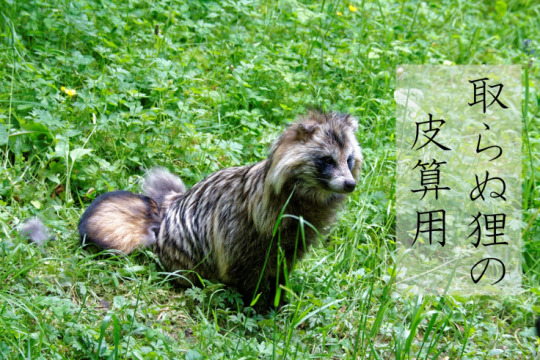
取らぬ狸の皮算用
Counting the pelts of raccoon dogs one has yet to catch
Japanese pronunciation: Toranu tanuki no kawazanyou
English equivalent: Counting your chickens before they’ve hatched
The Japanese version of this well-known expression is decidedly darker than the English one. Imagine a hunter laying a dozen traps for raccoon dogs (called “tanuki” in Japanese) and bragging to his friends how he was going to catch 12 in a day. Upon checking the traps, he sees that he has only caught five. His friends would say, “Don’t count your pelts before you’ve caught them.”

立つ鳥跡を濁さず
A bird taking flight does not foul the water
Japanese pronunciation: Tatsu tori wa ato wo nigosazu
English equivalent: Burn no bridges
This expression can be heard on an almost daily basis in Japan. When a bird takes off from the water, it leaves behind clear, clean water only. There is no trace that it was ever there once the ripples have faded.
This is most commonly used when someone quits their job. It is important to leave no unfinished business or messes for your coworkers to clean up after you, and of course you want to leave on a good note with everyone. When you depart, you should make sure that you leave no unfavorable traces of yourself behind.
I guess that the closest English expression would be “burn no bridges,” though I saw several people stating “It’s an ill bird that fouls its own nest” as an equivalent. I feel like that expression is different, though, because it focuses more on the the perpetrator and less on the people around him, while the Japanese expression is all about making sure not to inconvenience others.
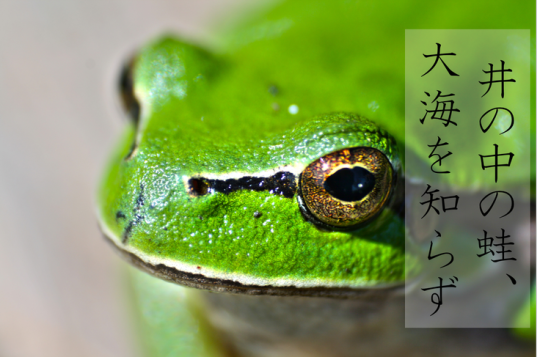
井の中の蛙、大海を知らず
A frog at the bottom of a well knows nothing of the great ocean
Japanese pronunciation: I no naka no kawazu, taikai wo shirazu
English equivalent: He that stays in the valley shall never get over the hill.
We all know at least one person who is woefully narrow-minded, not for lack of effort but simply because their world extends only to their city limit. They do not travel, do not have friends from varied backgrounds, and do not actively seek out the unfamiliar. This leaves them unaware of all the world has to offer.
The Japanese expression summarizes this predicament beautifully. A frog living in the bottom of a well may think that he is in the great expanses of the sea, but in actuality is in a prison, starved from all the wonders of light and sensation that are waiting outside the well.
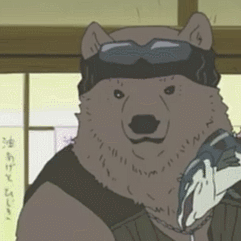
The End!!
I hope you guys enjoyed today’s Moderately Interesting Japanese. Work has been…absolute chaos. My old boss was moved to a new project within the company. They’re shorthanded and I’ve been asked to translate over 30,000 pages of high level tech training materials (that I have no experience/knowledge of) into Japanese…in 5 weeks…on top of my regular duties… Needless to say I am exceedingly close either to drinking enough caffeine that my third eye opens, my chakras align, and I become an omnipotent god, or a mental breakdown. But I only have 2,000 more pages to go until I’m finished!
My queue of word of the day posts is running low and it might be a few days until I can get some more ready, but please be patient. I still have tons of cool words I want to share with you! ♡
4K notes
·
View notes
Text
Anime doesn’t equal Japanese culture
I think we’ve heard this statement a lot. I mean, anime is just fiction and so it’s free to mend reality to fit the story it’s trying to tell. And some anime fans would be surprised to know that real Japanese people can act a lot differently than anime characters.
But…
… at least personally, I think this statement simply isn’t true in some cases. Anime is indeed able to teach us something about the Japanese culture.
We have these:
Chihayafuru
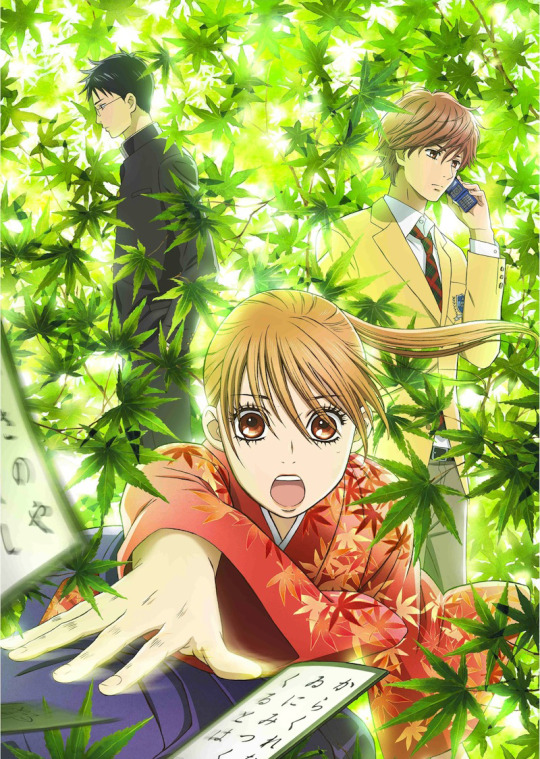
Chihayafuru introduced me to the world of Karuta, a traditional Japanese card game, which is something I didn’t even know existed. The anime (and manga) is featuring real shrines and places in order to make it feel as real as possible. It even made me watch a real queen match on YouTube because I fell in love with it. And not only that - it boosted the profile of competitive karuta in Japan and overseas.
Truly a masterful representation of Japanese culture.
Kono Oto Tomare!
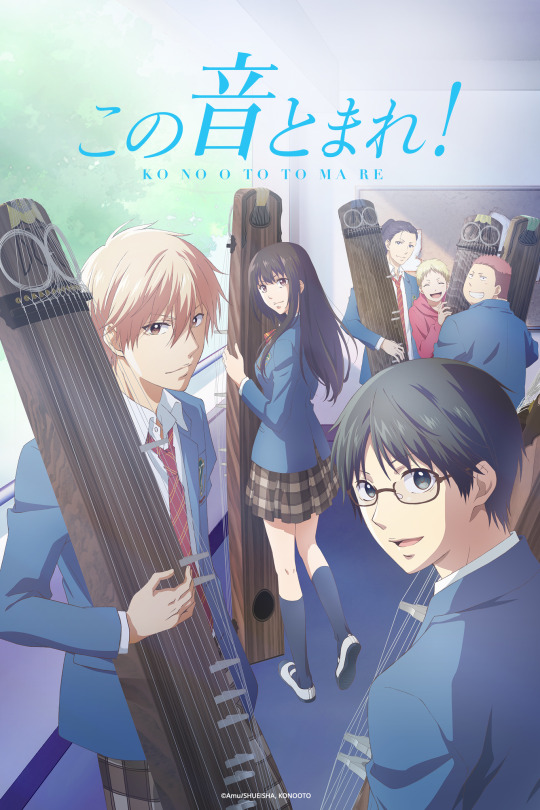
This anime introduced me to koto - a traditional Japanese string instrument, which is something I, again, didn’t even know existed, making me and millions of other fans watch real koto performances. And if it wasn’t for this anime I’d completely missed it. Now, I can’t stop listening to it. Goddammit, anime!
Tsurune

Putting KyoAni drama of just-friendship between cute anime boys aside, Tsurune introduced me to Kyudo - Japanese archery. Now, I’m not stupid and I knew what archery was before but I certainly didn’t know that Japan developed its own traditions around a simple bow and arrow. And it certainly was fascinating seeing how competitions work and what goes into it and I’m thankful for that.
Barakamon
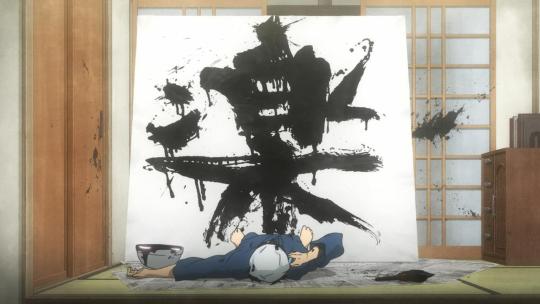
Barakamon isn’t even trying to introduce you to the world of Japanese calligraphy. The story focuses heavily on character development and not on the traditional art itself but seeing the main character desperately trying to find his own style or teaching children how to write beautifully in order to win a school competition still managed to leave an impact on me and taught me something new about the Japanese culture.
And there are many more
Noragami, Kamisama Hajimemashita and Natsume Yuujinchou introduced me to the world of Youkai, Ayakashi and Japanese gods and while I know that the authors made their stories unique and they aren’t 100% accurate to the real legends, they still count.
Kimi no Na wa shows a traditional shrine dance during which maidens make Kuchikamisake. Not to mention the hundreds of other anime which show a simple visit to a shrine like Hyouka.
Shougi - a Japanese strategic game similar to our chess is featured in a lot of anime - the most popular being Naruto.
And don’t even make me talk about the food.
What I’m trying to say is…
…anime did introduce us to Japanese culture and while it isn’t the best representation there is, we shouldn’t take away the credit it deserves and appreciate it.
6K notes
·
View notes
Text

yōkai (妖怪, ghost, phantom, strange being) is a class of supernatural monsters, spirits and demons in Japanese folklore. The word yōkai is made up of the kanji for "bewitching; attractive; calamity" and "mystery; suspicious". They can also be called ayakashi (あやかし), mononoke (物の怪) or mamono (魔物).
drawing inspired by forest spirits kodamas from Princess Mononoke Studio Ghibli movie.
artist: Kawase Hasui, Japanese old woodblock canvas print mashup
4K notes
·
View notes
Text
Anime Film Recommendations
Hi hey hello! It’s Belle from studybybelle and I finally made a stand-alone anime blog. I’ve been watching a lot of anime film’s lately so I’ve decided to do a compilation and a recommendation list. Please Enjoy!
note: all comments about the anime are made from my observations and opinion, any disagreement or hate are welcomed but I have told you in advance how this text post is opinionated.

Hotarubi no Mori e / Into the Forest of the Fireflies.
A spirit named Gin, and a girl named Hotaru. This is an anime about the summers they have always looked forward every year. When I first watched this anime, I watched this with many expectations that I would be tearing up after watching it. This was certainly a tearjerker for me, but I’d bet that some wouldn’t cry while watching it but it will surely touch your heart.
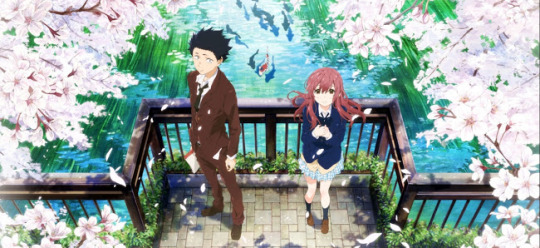
Koe no Katachi / A Silent Voice.
This anime/film is focused on the bullying of people with physical disabilities. I really adore the message the anime was trying to tell the viewers. Although I was disappointed it didn’t entirely followed the manga but is there any anime that do follow the manga in every word? I have yet to find one, but this anime has been viewed by most of the students in my school which means that this anime film has really made a big impact towards anime watchers and non-anime watchers.

When Marnie was There.
This anime is focused about a girl who lost her family at a young age and was adopted by a new family. But her perspective changed when she realized that her family is getting support from the government for taking care of her. This anime really focused on the concept of family. It also made me cry, in the middle of the night. This anime had its own twist and even shocked me in the ending so you better prepare your heart for that.

Wolf Children - Ookami Kodomo no Ame to Yuki
I’d be lying if I said that this didn’t make me cry for hours. This anime is about the two wolf children, Ame and Yuki, who their mother is trying to figure out whether they belong to live among humans or live as wolves. This anime really shows a mothers love towards their child and I believe this is a great family watch as long as the young ones watch this with an open mind, especially on the first few scenes of the movie.

The Heart Wants To Shout - Beautiful Word, Beautiful World
In this anime, the main character is silent and doesn’t speak a word. She has been hypnotized by an egg, that tells her that her words are wrong or some what like that. Watching this anime made me realize a lot of things and how we should relay our feelings with words, and with actions. Although, a few expectations were made before watching it and not all were fulfilled but it had its own twist and I still ended up liking it.
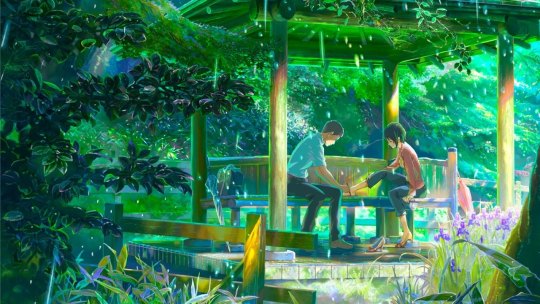
The Garden of Words
This anime is about a woman who is always in the garden or more like a shed, and a student who cuts classes every time it rains to go the shed and be with her. The student is an aspiring shoemaker and I’ll just keep the identity of the woman for you to see when you do watch it. Although, there were some expectations made before watching the film, I still really enjoyed it. The art and soundtrack was beautiful and it really stuck to me.
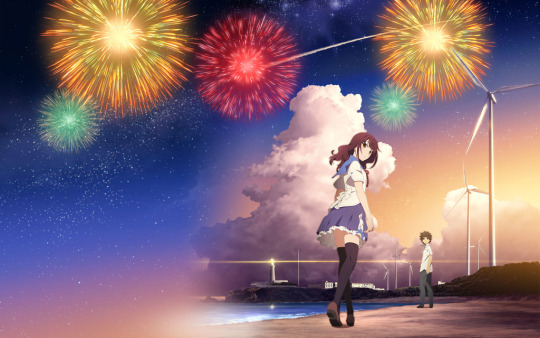
Fireworks
I would describe this anime as a romance, comedy, sci-fi? I watched this in the cinema in my city with my best friend, and I’m still hung over it. I would advice viewers to really pay attention, every minor detail is important in understanding it. The art and soundtrack is great, and I would really love to re-watch it again and understand it more than I did when I watched it in the cinema.

Tamako Love Story
Basically the love story in Tamako Market, which is then continued in this little anime film. I really like how it still continues some scenes from Tamako Market, but I do feel a bit empty since I wasn’t that contented with the ending of this movie, but it’s a great watch for those who likes rom-coms.
That’s all for today folks! Look forward for my Winter 2018 Anime Review and Recommendations List. - anime by belle
652 notes
·
View notes
Photo
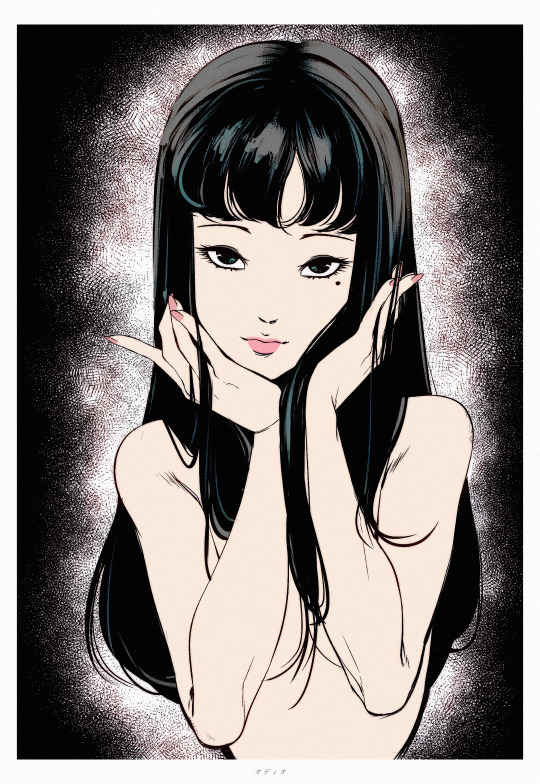

Junji ito x Just_Shep x Odio
富江
(Tomie)
c o l o r f u l
23K notes
·
View notes
Text
This song makes me want to stroll late at night in the streets of Tokyo. What a bummer that Spotify doesn't have this.
I discovered this song through a facebook post. It was a screenshot from a youtube comment of how he met his love. I immidiately searched to read the story but in the end I enjoyed the song too. ❤
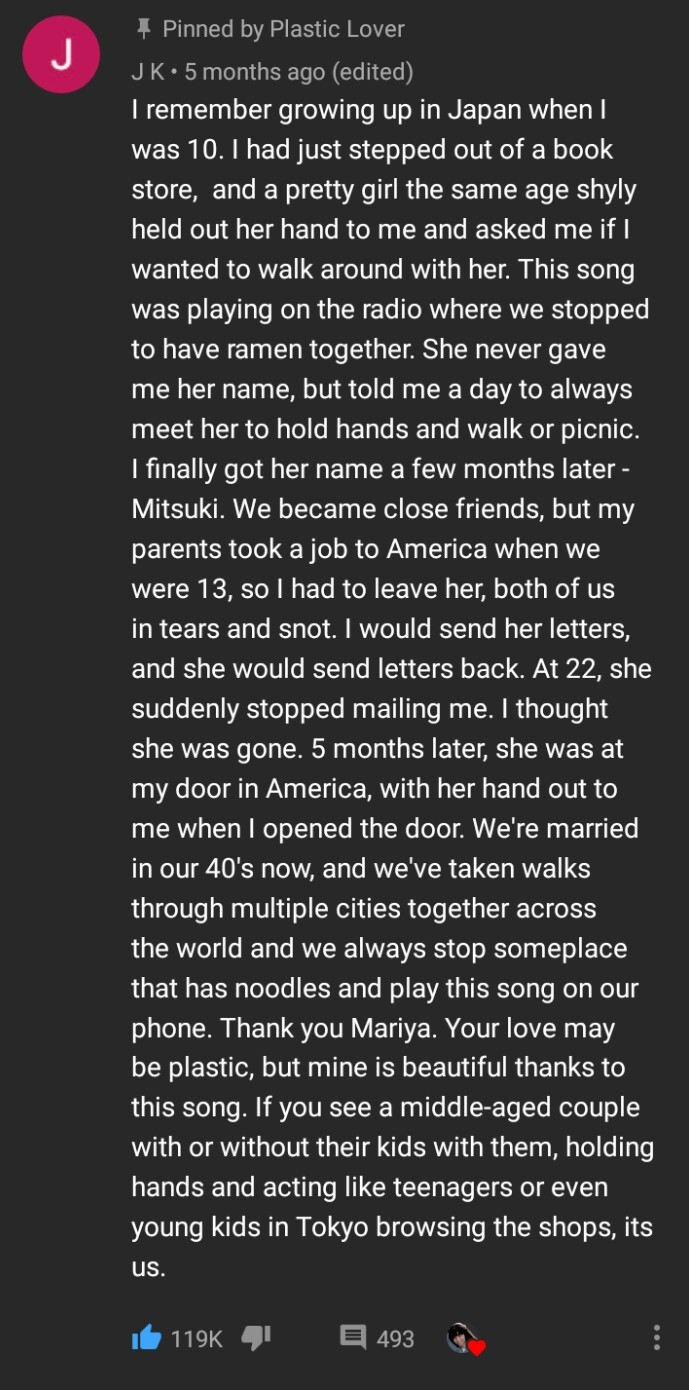
2 notes
·
View notes
Text
The Tale of Bamboo Cutter
Taketori Monogatari
竹取物語
Also known as Kaguya-hime no Monogatori. Primarily details the life of a mysterious girl called Kaguya, who is discovered as a baby inside the stalk of a glowing bamboo plant.

Discovery of Princess Kaguya (depiction from Edo Period, late 17th century)
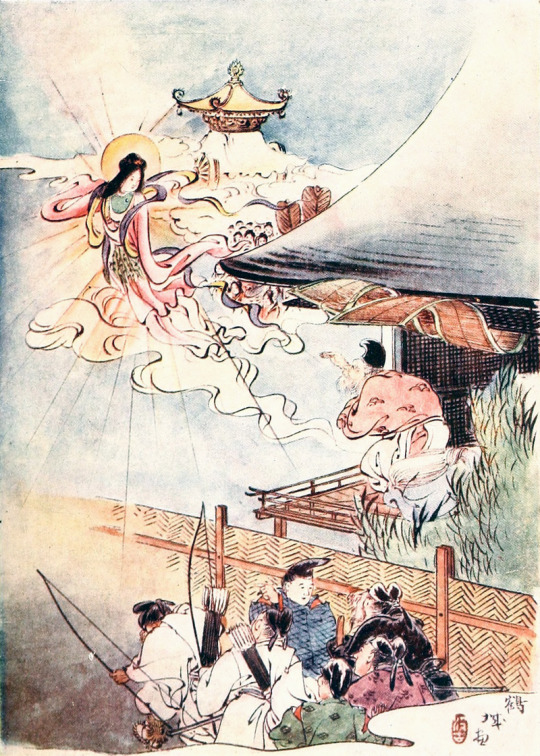
The receding of Princess Kaguya

Kaguya-hime returns to the moon
Interesting Facts:
Oldest surviving piece of Japanese fiction.
Ghibli Studio produced an animated film based on this, entitled: The Tale of Princess Kaguya.
It is the most expensive Japanese film as of 2020 with a budget of $49 million.


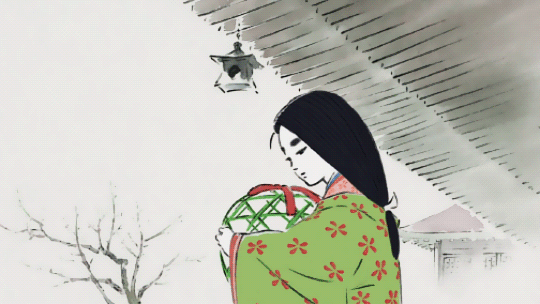
Links:
Original scroll from World Digital Library (w/ pictures)
Or read the whole manuscript from Google Books
Or here for more story-like approach
22 notes
·
View notes
Text
The Kazusa Province sea route
Kazusa no kairo
上総の海路

Artist: Katsushika Hokusai
Year: 1829-1833
Print Series: Thirty-six Views of Mount Fuji
0 notes
Text
Yoshida at Tōkaidō
Tōkaidō Yoshida
東海道吉田
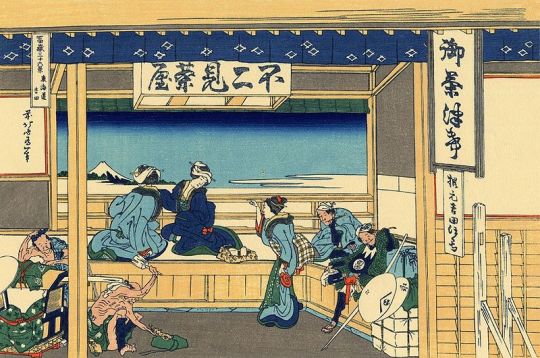
Artist: Katsushika Hokusai
Year: 1829-1833
Print Series: Thirty-six Views of Mount Fuji
0 notes
Text
Shore of Tago Bay, Ejiri at Tōkaidō
Tōkaidō Ejiri tago-no-uraryakuzu
東海道江尻田子の浦略図

Artist: Katsushika Hokusai
Year: 1829-1833
Print Series: Thirty-six Views of Mount Fuji
1 note
·
View note
Text
Enoshima in Sagami Province
Soshū Enoshima
相州江の島

Artist: Katsushika Hokusai
Year: 1829-1833
Print Series: Thirty-six Views of Mount Fuji
0 notes
